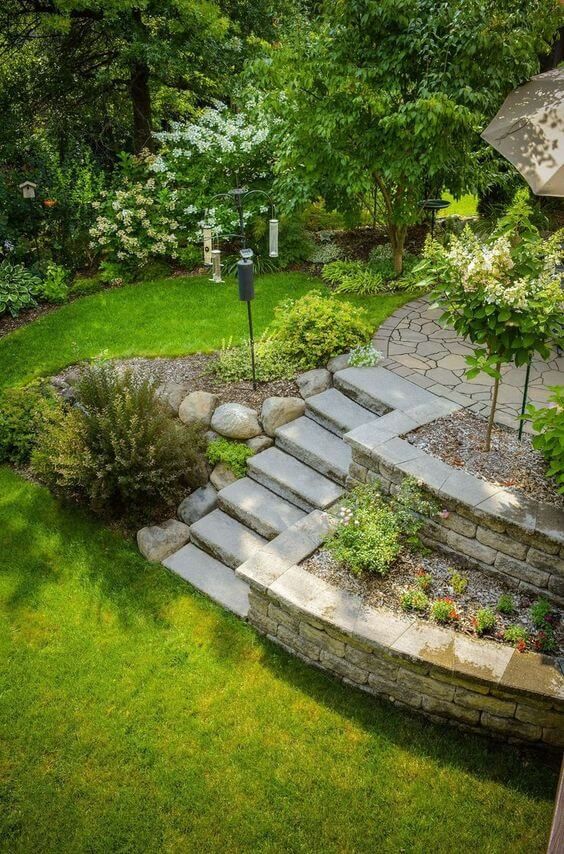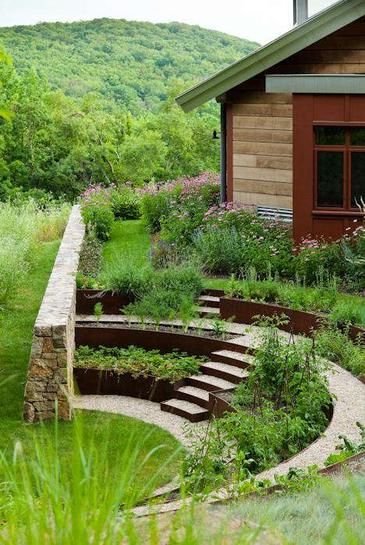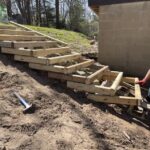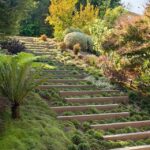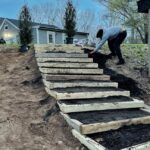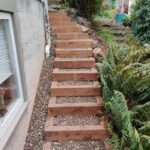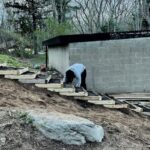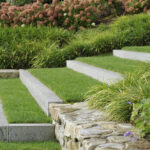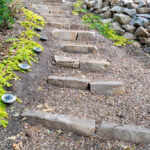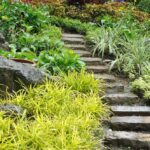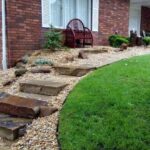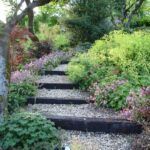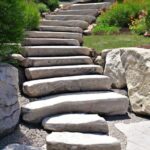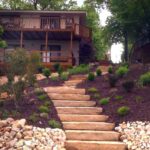Landscaping a sloped area can be a challenging task, but with the right approach, it can also be a beautiful and functional addition to your outdoor space. Here are some steps to consider when tackling landscaping on a slope.
First and foremost, it’s important to assess the slope and determine how steep it is. This will help you decide on the best approach for landscaping, as well as the types of plants and materials that will work best for your specific situation. Steeper slopes may require more advanced landscaping techniques, such as terracing or retaining walls, to prevent erosion and create a stable foundation for your plants.
Once you have determined the steepness of the slope, consider creating terraces or retaining walls to help level out the area and create more usable space for planting. Terraces are essentially flat platforms built into the slope, while retaining walls are structures that hold back soil and prevent erosion. Both can help mitigate the effects of erosion and create a visually appealing landscape.
When selecting plants for a sloped area, it’s important to choose varieties that are well-suited to the conditions of the slope, such as soil type, exposure to sunlight, and water drainage. Plants with deep roots, such as ground covers and shrubs, are ideal for slopes as they help anchor the soil and prevent erosion. Native plants are also a good choice, as they are typically well-adapted to local growing conditions.
To further prevent erosion on a slope, consider adding mulch or ground cover plants to the area. Mulch helps retain moisture in the soil, prevent weeds, and protect against erosion. Ground cover plants, such as creeping phlox or ivy, can also help stabilize the soil and add visual interest to the landscape.
In addition to plants, consider incorporating hardscaping elements into your sloped landscape, such as stone pathways, steps, or terracing walls. These features can help control water drainage, prevent erosion, and provide visual interest to the landscape. Be sure to consult with a professional landscaper or contractor when installing hardscaping elements on a slope to ensure they are properly designed and constructed for optimal stability.
With proper planning and execution, landscaping a slope can transform an otherwise challenging area into a stunning and functional part of your outdoor space. By following these steps and considering the unique characteristics of your slope, you can create a beautiful landscape that enhances the overall aesthetic and functionality of your property.
